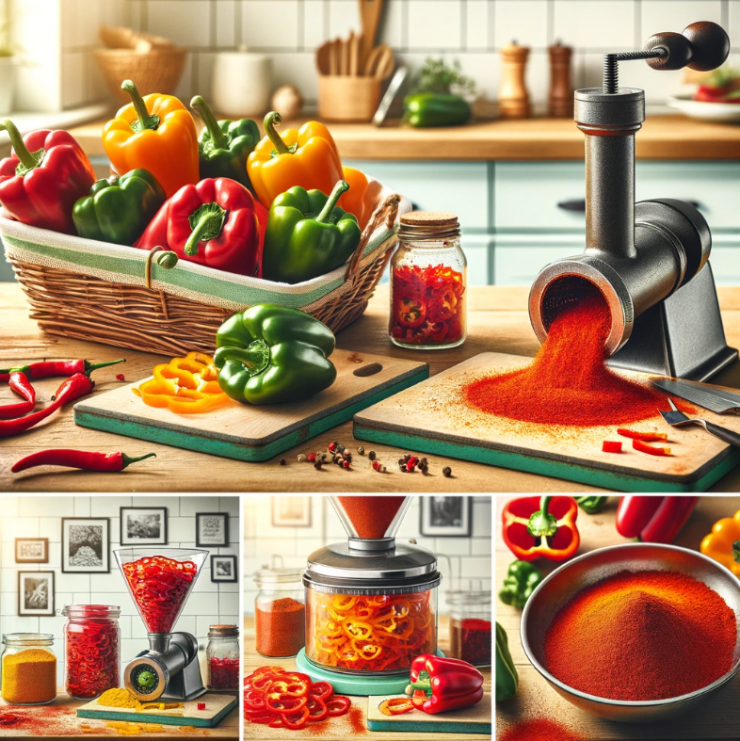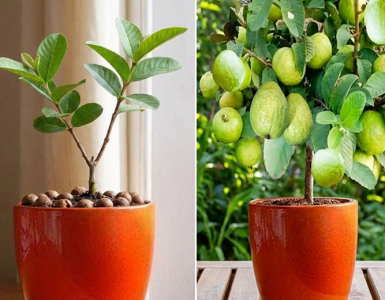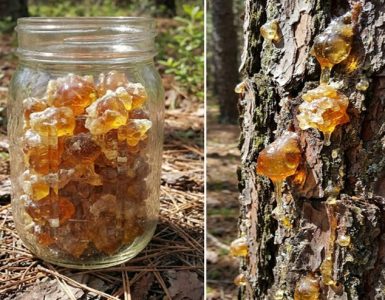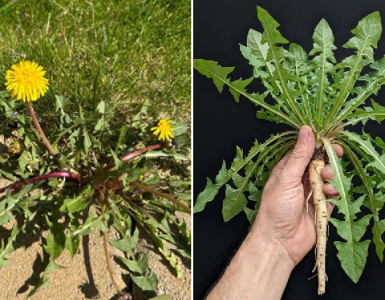Paprika, with its vibrant red hue and rich, smoky flavor, is a beloved spice in many kitchens around the world. While it’s readily available at grocery stores, there’s something special about growing and making your own paprika at home. Not only does it allow you to have full control over the process, but it also lets you savor the satisfaction of enjoying a spice that you cultivated yourself. In this guide, we’ll walk you through the steps to grow and make your own paprika right in your backyard or windowsill.
Growing Paprika Plants
Choose the Right Variety: Paprika comes from sweet pepper plants. Choose a paprika pepper variety suited to your climate and growing conditions. Some popular varieties include Alma, Feher Ozon, and Boldog Hungarian.
Start Indoors: Start your paprika seeds indoors about 8-10 weeks before the last frost date in your area. Plant the seeds in seed starting mix in trays or small pots.
Provide Proper Care: Paprika plants require warmth, sunlight, and consistent watering. Keep the soil evenly moist but not waterlogged. Transplant the seedlings outdoors after the danger of frost has passed and the soil has warmed up.
Plant in Well-Drained Soil: Choose a sunny spot in your garden with well-drained soil. Space the plants about 18 inches apart to allow for adequate air circulation.
Support the Plants: Paprika plants can become heavy with peppers. Use stakes or cages to support the plants as they grow to prevent them from bending or breaking.
Fertilize Regularly: Paprika plants benefit from regular fertilization. Use a balanced fertilizer or compost to provide nutrients throughout the growing season.
Harvesting: Harvest paprika peppers when they are fully mature and have turned red. Depending on the variety, this usually occurs 70-90 days after transplanting.
Making Paprika
Harvesting and Drying: Once your paprika peppers are ripe, carefully harvest them from the plants. Wash them and remove any stems or seeds. Cut the peppers into thin slices or strips.
Drying: There are several methods for drying paprika peppers. You can air dry them by hanging the slices in a warm, well-ventilated area until they are completely dry. Alternatively, you can use a food dehydrator or oven set to a low temperature.
Grinding: Once the peppers are thoroughly dried, it’s time to grind them into paprika powder. You can use a spice grinder, mortar and pestle, or coffee grinder to achieve a fine powder.
Storing: Store your homemade paprika in an airtight container away from heat, light, and moisture. Properly stored paprika can last for up to a year, retaining its flavor and color.
Tips for Success
Experiment with Varieties: Don’t be afraid to experiment with different paprika pepper varieties to find the flavor profile that suits your taste preferences.
Adjust Heat Levels: If you prefer a spicier paprika, consider including some hot pepper varieties in your mix.
Be Patient: Growing and making your own paprika requires patience and attention to detail. Enjoy the process and celebrate your homemade spice!
By following these steps, you can enjoy the satisfaction of growing and making your own paprika at home. From tending to the plants to grinding the dried peppers, each step in the process adds to the rich flavor and aroma of this beloved spice. So why not embark on your paprika-making journey today? Your taste buds will thank you!






Add comment